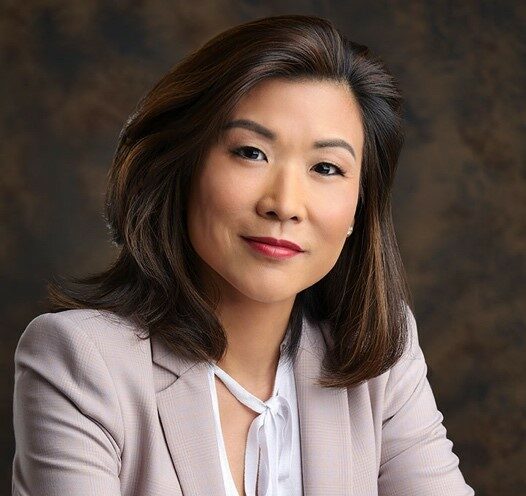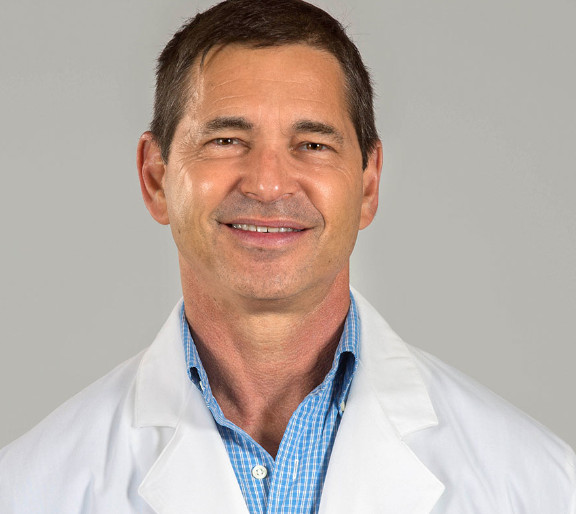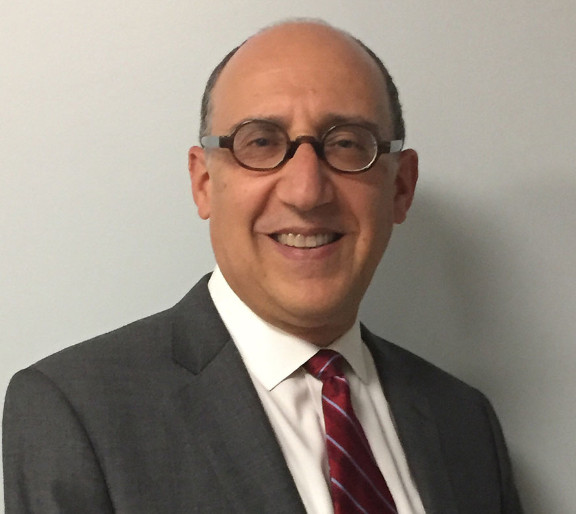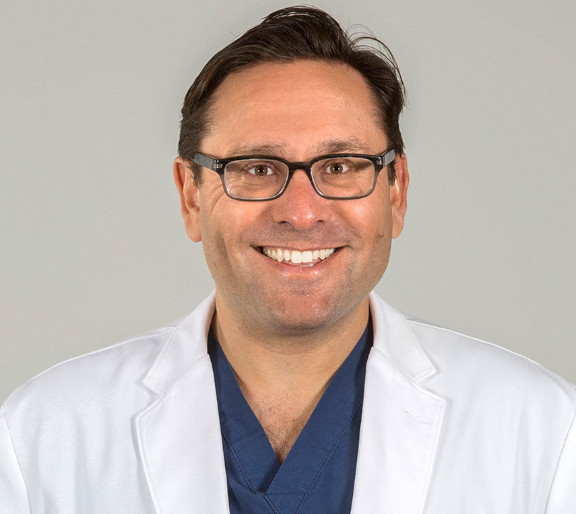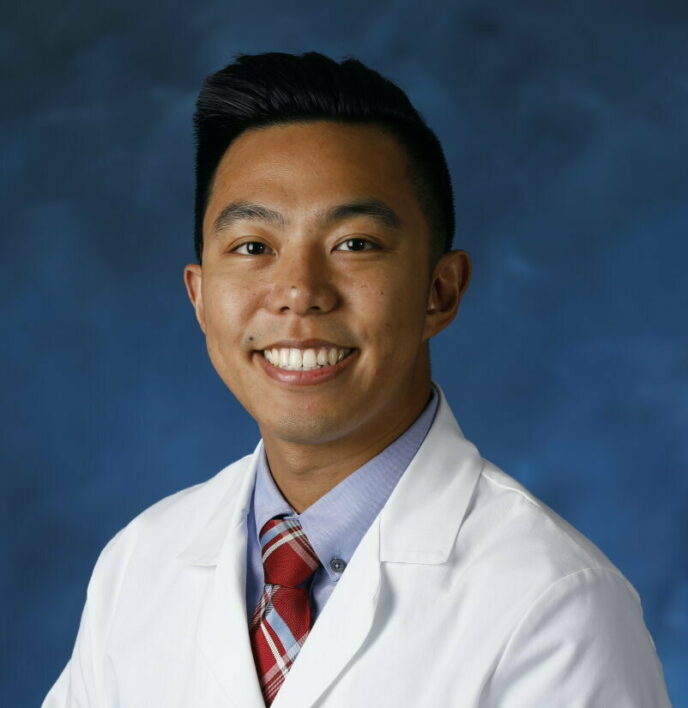
Adenomyosis Frequently Asked Questions
Adenomyosis FAQs
Adenomyosis is a gynecological condition that affects the uterus, and it can often be confused with uterine fibroids. Patients with both adenomyosis and fibroids can experience similar symptoms which can lead them to go undiagnosed or misdiagnosed for months or even years. At American Fibroid Centers, our affiliated physicians strive to provide high-quality and effective care for women and ensure they get the treatment they deserve. Read our Frequently Asked Questions (FAQs) about adenomyosis for more information.
Adenomyosis is a condition that occurs when the inner lining of the uterus (endometrium) breaks through the muscular wall of the uterus (myometrium). While the condition is not life-threatening, it can lead to painful and uncomfortable symptoms, and it causes the uterus to thicken and enlarge.
About 1 in 3 women who have adenomyosis do not see any signs or symptoms of the condition. However, depending on the severity, some women may experience the following and notice changes in their period, fertility, and overall quality of life:
- Painful periods
- Heavy menstrual bleeding
- Bleeding between periods
- Abdominal pressure or bloating
- Enlarged uterus (up to double or triple its usual size)
- Pelvic pain
The exact cause of adenomyosis is unknown. However, experts suggest that the condition is more common in women who:
- Are between the ages of 40 and 50
- Have given birth at least once
- Have inflammation from uterine surgery
- Have endometriosis
Women with adenomyosis are usually late in their childbearing years, between the ages of 35 and 50. The condition typically presents when levels of certain hormones, such as estrogen and progesterone, are higher than normal. Other factors that may increase your risk of developing adenomyosis include:
- Multiple pregnancies
- Previous uterine surgery, such as C-section, fibroid removal, or a D&C (dilation and curettage)
To determine if you have adenomyosis, you should schedule an appointment with your OBGYN for a routine pelvic exam. Your doctor will ask about your medical history and any symptoms you’re experiencing. If they feel any tenderness, or the uterus is slightly enlarged, they may order additional tests. These may include:
- Ultrasound
- MRI
- Endometrial biopsy
Since estrogen promotes endometrial tissue growth, adenomyosis symptoms usually go away after menopause. There are some conservative treatment options that can help ease pain and manage heavy bleeding, such as NSAIDS (ibuprofen or naproxen) and birth control medications.
If these treatment methods are unsuccessful, your doctor may recommend Uterine Artery Embolization (UAE). UAE is a non-surgical procedure that is performed by a board-certified Interventional Radiologist in an outpatient setting. The procedure only requires a small incision and patients are able to return home the same day. UAE offers several benefits over traditional surgery, including shorter recovery time, fewer complications, and preservation of the uterus.
The only definitive cure for adenomyosis is a hysterectomy or total removal of the uterus. However, most women with the condition see their symptoms lessen or go away completely after menopause. Your treatment will likely depend on the severity of your symptoms and how close you are to that stage of life.
The good news is that adenomyosis is a common benign (noncancerous) condition, so it does not cause cancer or lead to cancer itself. The probability of cancer arising from adenomyosis is very rare, with transformation occurring in only 1% of cases and in older individuals.
Researchers do not yet know whether adenomyosis is a cause of infertility in women. Many women with adenomyosis also suffer from endometriosis, uterine fibroids, or polyps, all of which can affect fertility. According to the Japan Society of OB/GYN, adenomyosis may be linked to a miscarriage rate of 50%, a preterm birth rate of 24.4%, and a fetal retardation rate of nearly 12%. While the relationship between adenomyosis and fertility remains unclear, infertility treatments, such as IVF, may be necessary.
Early diagnosis of adenomyosis is crucial to ensure you get the best treatment possible for your condition. Treatment focuses primarily on the management of symptoms, such as pain and heavy bleeding. It’s important to get evaluated by a specialist to determine if surgery is right for you. In the meantime, certain lifestyle changes can help, including:
- Physical therapy
- Pain management
- Birth control medication
- Eating an anti-inflammatory diet
- Hormone-regulating supplements
Adenomyosis and uterine fibroids share similar symptoms but are distinctly different conditions. Uterine fibroids are benign tumors that can develop in or on the uterus. While fibroids grow individually or in clusters, adenomyosis is a less-defined mass of cells located within the uterine wall. Along with heavy, painful periods, fibroids can cause other bulk-related symptoms, such as abdominal bloating, frequent urination, and constipation.
Both adenomyosis and endometriosis are conditions related to the uterine lining and can look very similar. Endometriosis occurs when uterine-like tissue grows outside of the uterus, most commonly on the ovaries, fallopian tubes, and intestines. With adenomyosis, uterine-like tissue grows deep into the uterine walls. Overlapping symptoms like painful periods or pain during intercourse often lead to misdiagnosis.
At American Fibroid Centers, our affiliated physicians specialize in the diagnosis and treatment of uterine fibroids. They use the latest technology and minimally invasive techniques to uncover the source of your symptoms and create a treatment plan that is personalized to your needs. If one of our affiliated physicians discovers that you have adenomyosis, they can refer you to the right type of doctor to help treat your condition.
Our Fibroid Specialists
Our board-certified, affiliated fibroid specialists in NY and NJ, are highly trained in the diagnosis and treatment of uterine fibroids. Their goal is to address fibroid pain and related symptoms through Uterine Fibroid Embolization, a minimally invasive-image guided procedure. When you choose to work with us, our team will ensure that you are comfortable and confident in the care you receive from start to finish.
What Our Patients Are Saying
Learn more about our patients’ experiences at American Fibroid Centers.
From the Experts
Get to know more about the symptoms, causes, treatment, and care of Uterine Fibroids.


